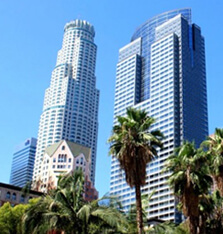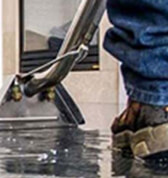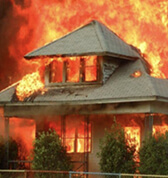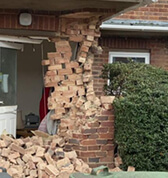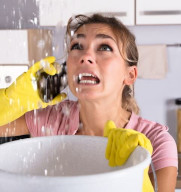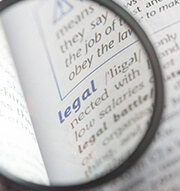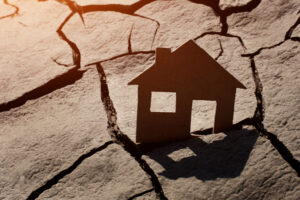Home » What is the Process of Water Damage Restoration?
What Is the Process of Water Damage Restoration?
Water entering your home can cause significant damage to your property and personal belongings.
Delays in water extraction, drying, and decontamination can have serious long-term consequences. It includes structural damage and health hazards.
In addition, your insurance company expects you to mitigate water damage, and failure to comply might compromise your insurance claim.
The water damage mitigation and restoration process will depend on the severity of water damage and how long it has been since water entered your home.
Based on the above, it is crucial to notify your insurance company and begin the water damage Mitigation process as soon as possible.
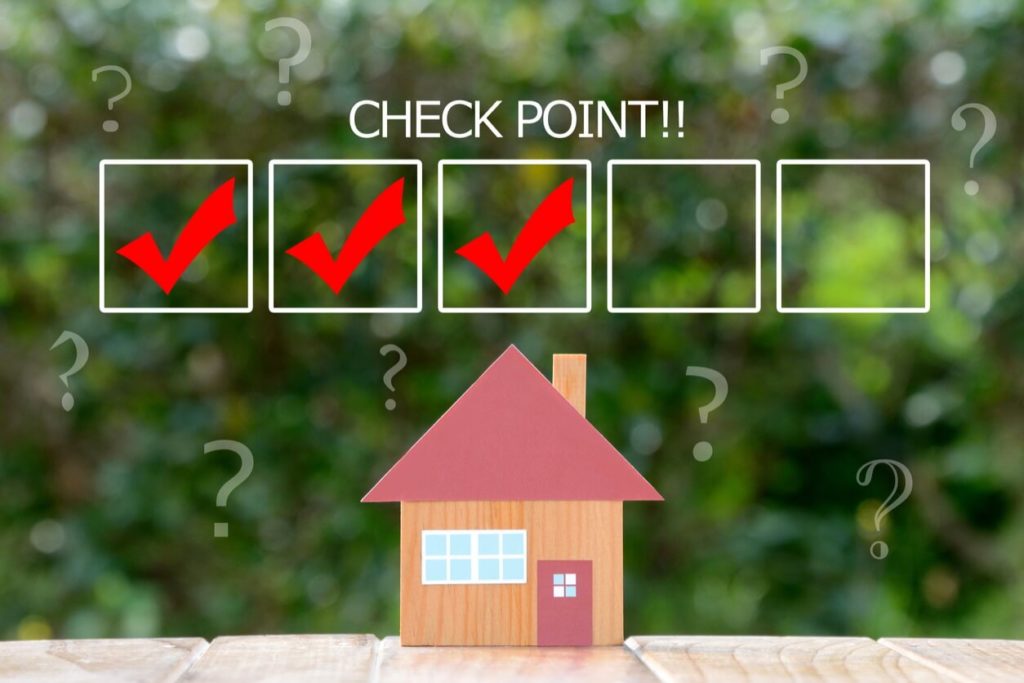
The Water Damage Mitigation Process
Water damage restoration companies typically follow a seven-step approach:
Step 1: Initial Inspection
Water damage restoration companies typically begin with an inspection and assessment of the damage to determine the appropriate actions needed before the restoration begins.
Step 2: Contain and Mitigate Water Damage
Your water damage restoration company will identify the source of the water damage, and their priority is to mitigate any further damage. It might include shutting off your water supply and electricity (for safety reasons).
Their next course of action is to remove standing water. However, before they can commence, they will remove materials such as wet rugs, clothing, and furniture from the affected area. Doing so will increase the chances of a successful water damage mitigation and make the process easier.
Step 3: Water extraction and drying
Common ways to remove standing water include buckets and mops, towels, and specialized water vacuum cleaners, industrial fans, dehumidifiers, and opening windows allow air circulation and speed up the drying process.
Step 4: Removal of water-damaged surfaces
After removing standing water, the next step is to remove items that suffered water damage. However, photograph all damaged items before removal to document the damage for insurance purposes.
Removal of water-damaged surfaces such as drywall, ceilings, and floors might be necessary if they are water saturated. Failure to remove them might lead to mold growth, which can spread throughout your home and become a health hazard.
Step 5: Clean, disinfect, and deodorize
Cleaning, disinfecting, and deodorizing items might prevent them from being thrown away and can reduce health hazards and eliminate bad smells.
Step 6: Post-job monitoring
Post-job monitoring of the drying process, including inspections for mold growth, help ensure your property is up to standard and that no further water damage mitigation actions are necessary.
Step 7: Repairs and reconstruction
Once the structure is dry, work can commence to repair structural damage and replace other building materials.
Water Damage Mitigation Checklist
If your property has water damage, DO:
- Call your insurance company.
- Call a plumber to conduct the necessary repairs.
- Call a professional water damage restoration company.
- Identify the source of the water damage.
- Shut off your water supply (if necessary).
- Shut off electricity in the affected rooms.
- Open doors, furniture drawers, and closet doors to create airflow.
- Ventilate rooms by opening your windows.
- Use fans to circulate the air and assist in drying (only after you verify that there is no asbestos or lead presence in the building materials).
- Keep all draperies off the floor.
- Mop up as much standing water as possible.
- Use sponges, rags, and towels to help soak up the water.
- Wipe furniture dry.
- Remove damp/wet books from shelves and compress them to avoid warping.
- Put valuables, photos, documents, paintings, and personal belongings somewhere safe and dry.
- Remove wet rugs, furniture, and fabrics from the area.
- Take pictures to document the water damage for insurance purposes.
If your property has water damage, DO NOT:
- Enter a room with standing water if the electricity is on.
- Try to DIY clean/remove mold damage.
- Attempt to vacuum the water with an ordinary household vacuum.
- Use electronics or electrical appliances while on or near wet carpets or floors.
- Stand under a sagging or waterlogged ceiling.
How Do You Choose the Right Water Damage Restoration Company?

Water damage restoration companies do not need to be licensed as such or have water damage restoration certification in California.
In addition, they might not necessarily require a license from the Contractors State License Board – section 7048 provides an exemption from licensure for minor work if the aggregate contract price, including labor and materials, is less than $500. (This exemption does not apply if the minor work is part of a larger project)
However, it is safe to assume that reputable, established water damage restoration companies will have a license from the Contractors State License Board.
But having a contractor’s license does not necessarily imply they are good at water damage restoration.
They should be certified by the Institute of Inspection, Cleaning, and Restoration Certification (IICRC). Although not a legal requirement in California, the IICRC offers a Water Damage Restoration Technician (WRT) certification.
According to the IICRC, this certification: “demonstrates knowledge to perform remediation work and an understanding of water damage, its effects, and techniques for drying structures.”
Based on the above, ask your water damage restoration company if they are licensed by the Contractors State License Board and certified by the Institute of Inspection, Cleaning, and Restoration. If not, we suggest you hire another company.
Besides the above, ask the following questions:
- What bonding and insurance cover do they have if anything happens to your property while they are working on it?
- Where are they located? The closer to your home, the better!
- Do they have positive reviews from review sites? (do your own research as well)
- Can they refer you to past clients for recommendations?
- Do they provide 24/7 emergency services?
- Who are their asbestos and lead testing company?
- How do they contain the water damage?
- What equipment do they use? (proper moisture-detection, water extraction, dehumidification, and drying equipment is critical in water damage restoration)
- How long have they been in business? (the more experienced they are, the better the chances they will deliver good results)
- What warranties and guarantees do they offer?
- What is the paperwork they will provide you and your insurance carrier to document your loss? (Moisture reading summaries, moisture maps, pictures asbestos testing results, etc.)
And perhaps one of the most relevant questions is:
Do they offer a restoration plan?
A good water damage restoration company will:
- Conduct a thorough evaluation of the damage to your property.
- Compile a plan on how to proceed.
- Give you a written estimate detailing the scope of the work and if they will complete all of it or subcontract parts to another company.
What Is the Average Cost of Water Damage Restoration?
According to fixr.com, the national cost average for water restoration is between $1,200 to $5,000 – the average homeowner pays around $3,000 for standard gray water extraction with drying and drywall and ceiling repairs in a bathroom.
However, the cost can be as low as $350 for simple remediation caused by an overflowing toilet and as high as $50,000 for black water extraction in a basement (complete dry out, clean up, and drywall and hardwood flooring replacement due to a sewer backup).
Water extraction prices per square foot are between $3.75 to $7.50 depending on the volume, equipment used, affected area, and water type:
- Clean water – $3.75 to $4.25 per square foot
- Gray water – $4.10 to $6.50 per square foot
- Blackwater – $ 7.00 to $7.50 per square foot
According to angi.com, the average cost range for water damage restoration in Los Angeles is between $1,370 and $4,480, averaging $2,750.
That’s a Wrap
Water damage restoration can be a complex, time-consuming process. And water damage restoration is only one component of a water damage insurance claim caused by a covered event.
If you have a large or complicated water damage claim, we recommend you contact a reputable public adjuster.
Avner Gat has over 17 years of experience as a public adjuster in Southern California. We have helped countless clients get the best settlement offer from their insurance companies, and we want to help you too.
Call us at (818) 917-5256 for a free, no-strings-attached consultation.









